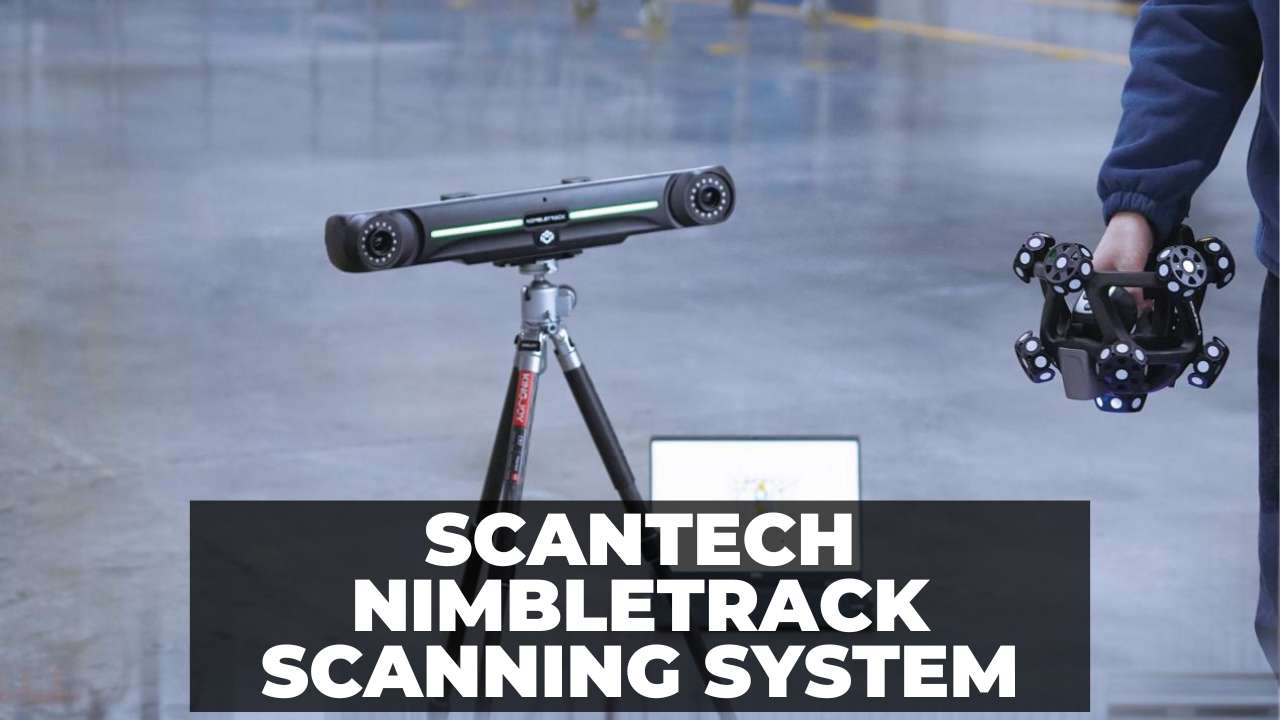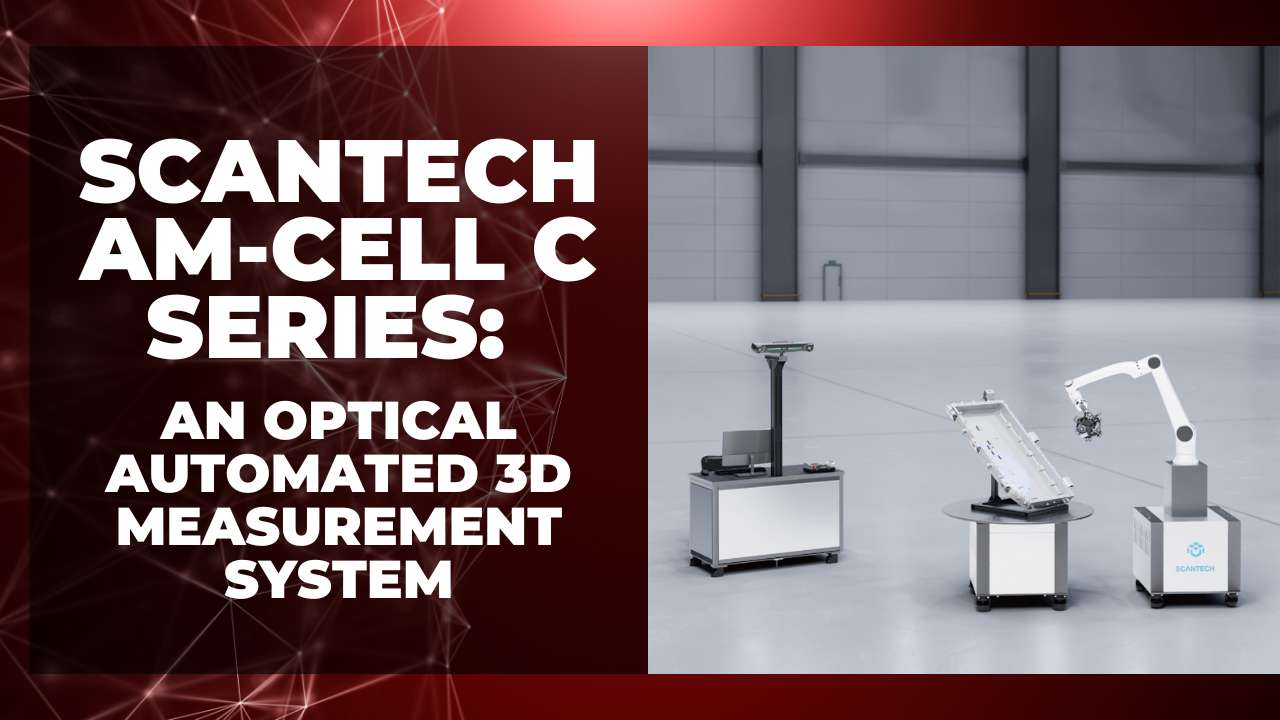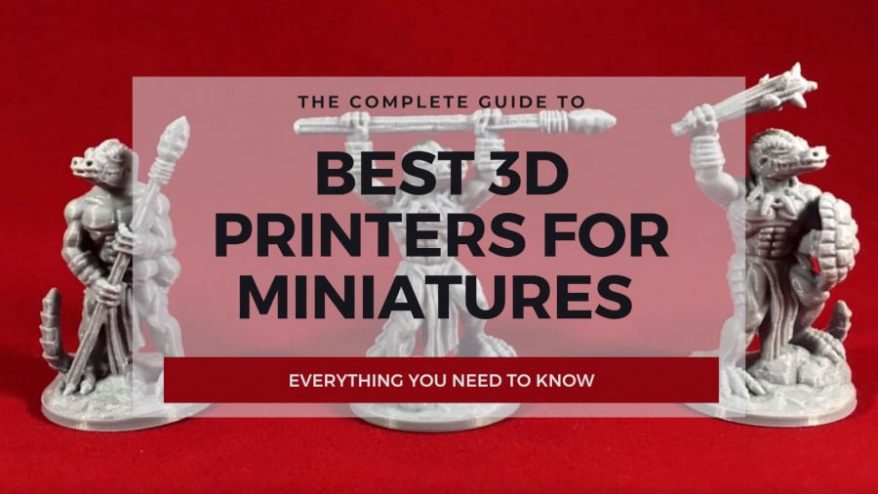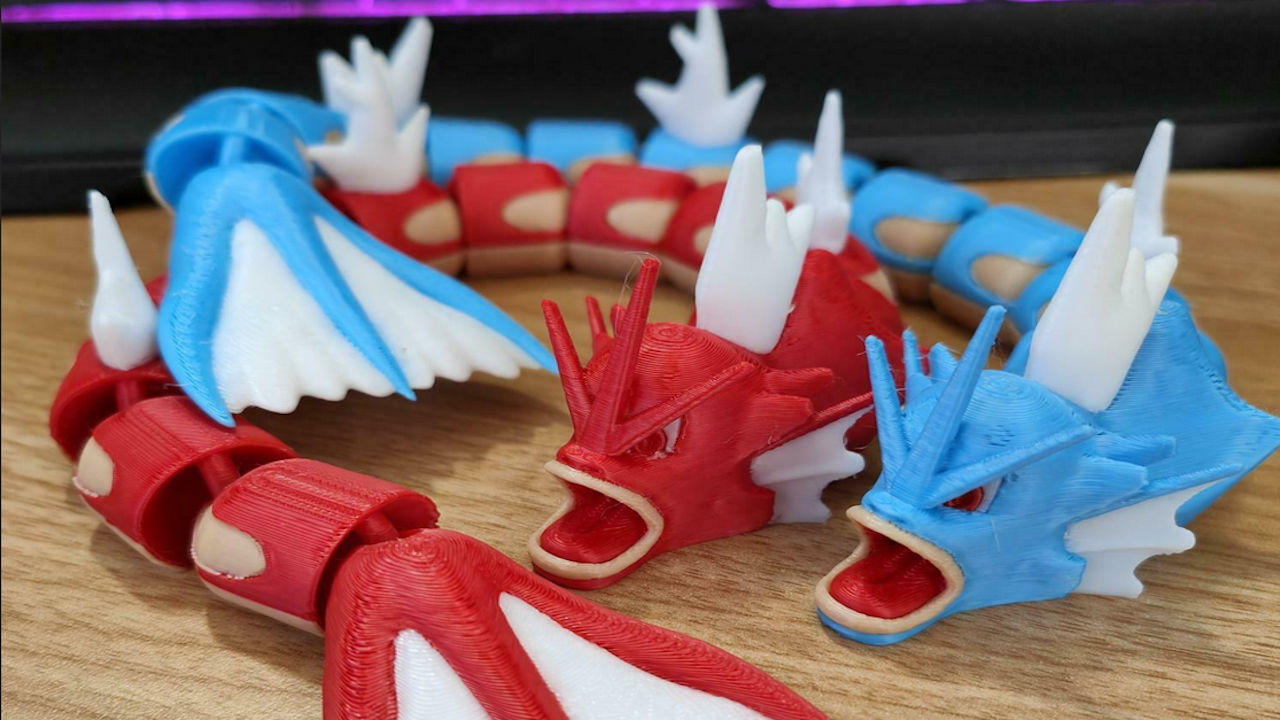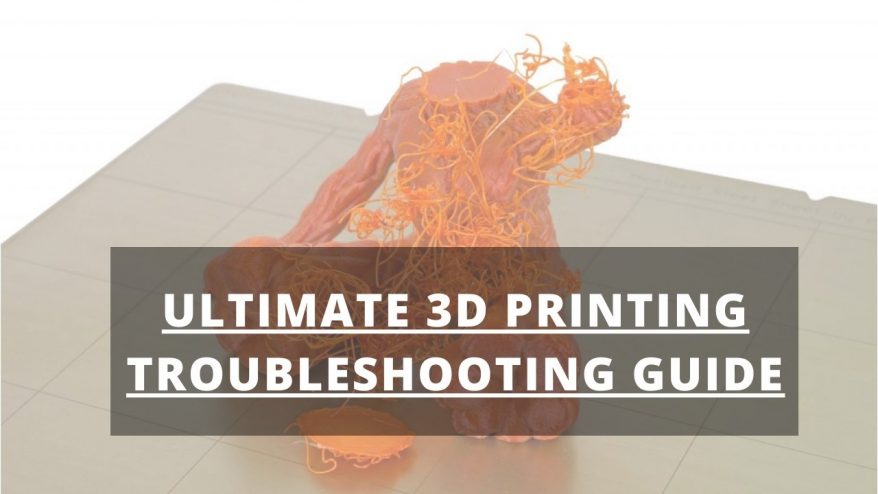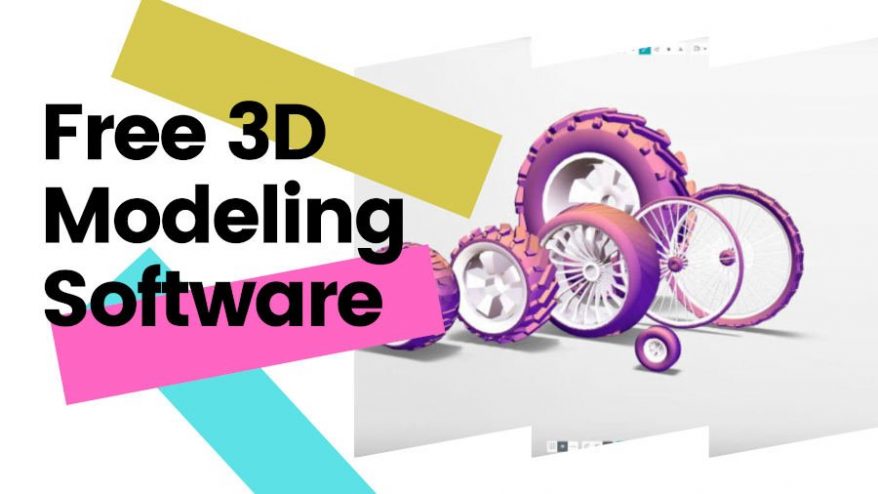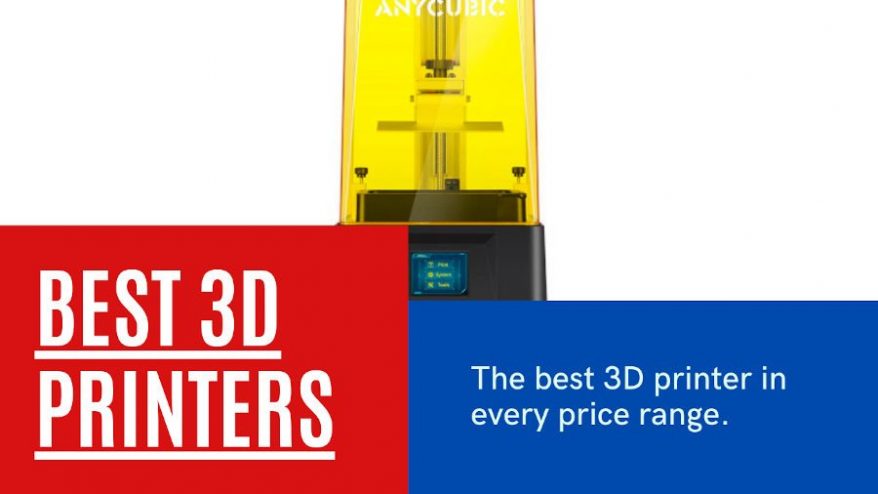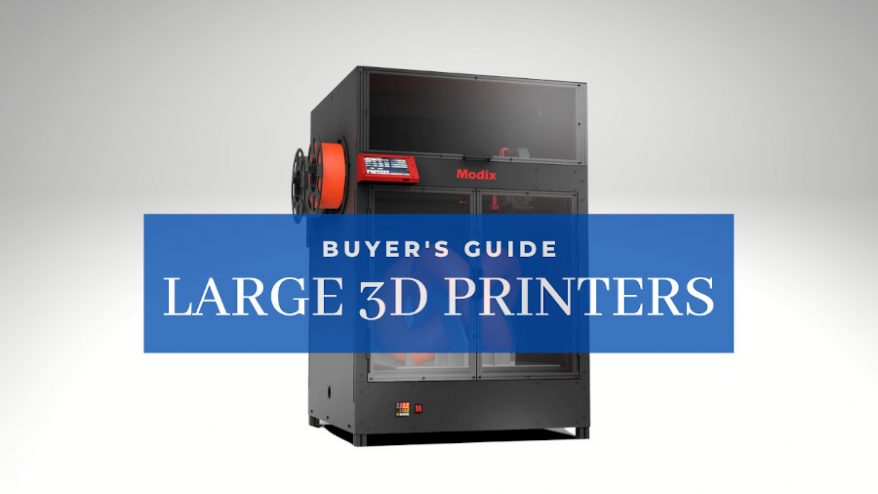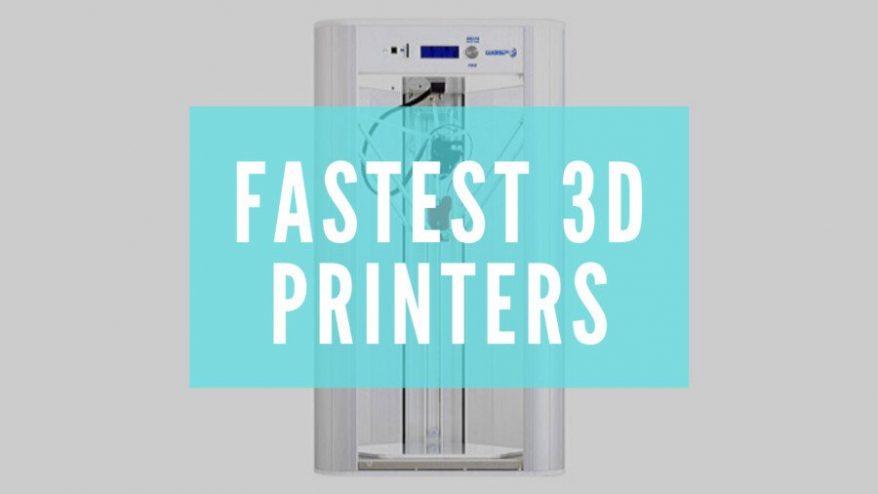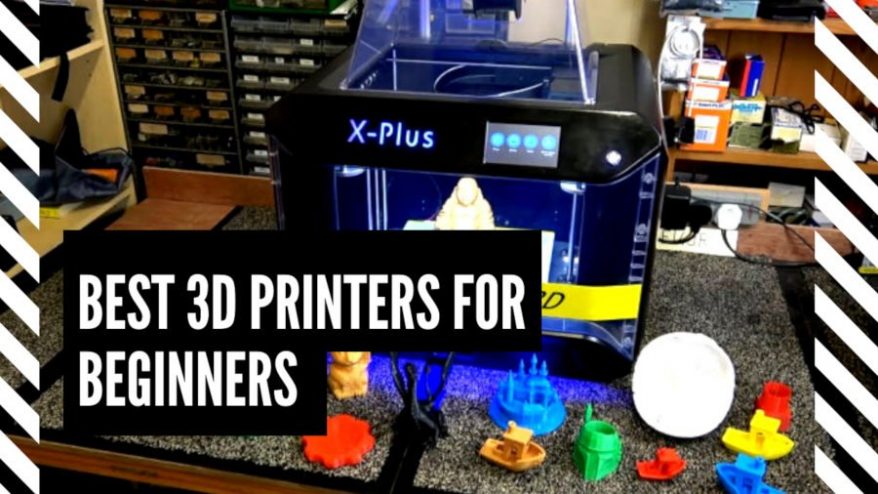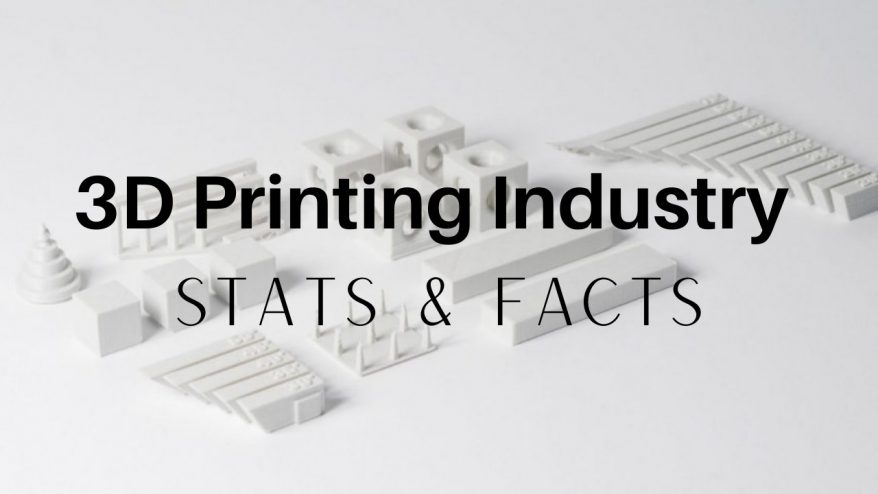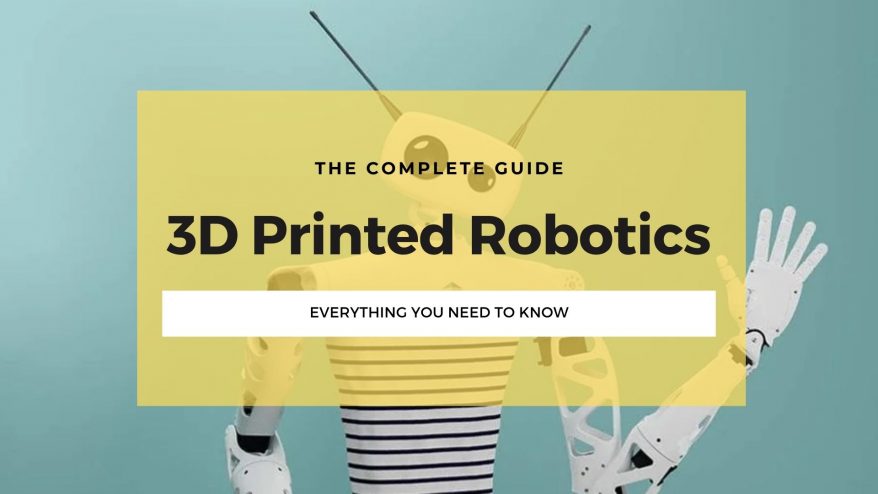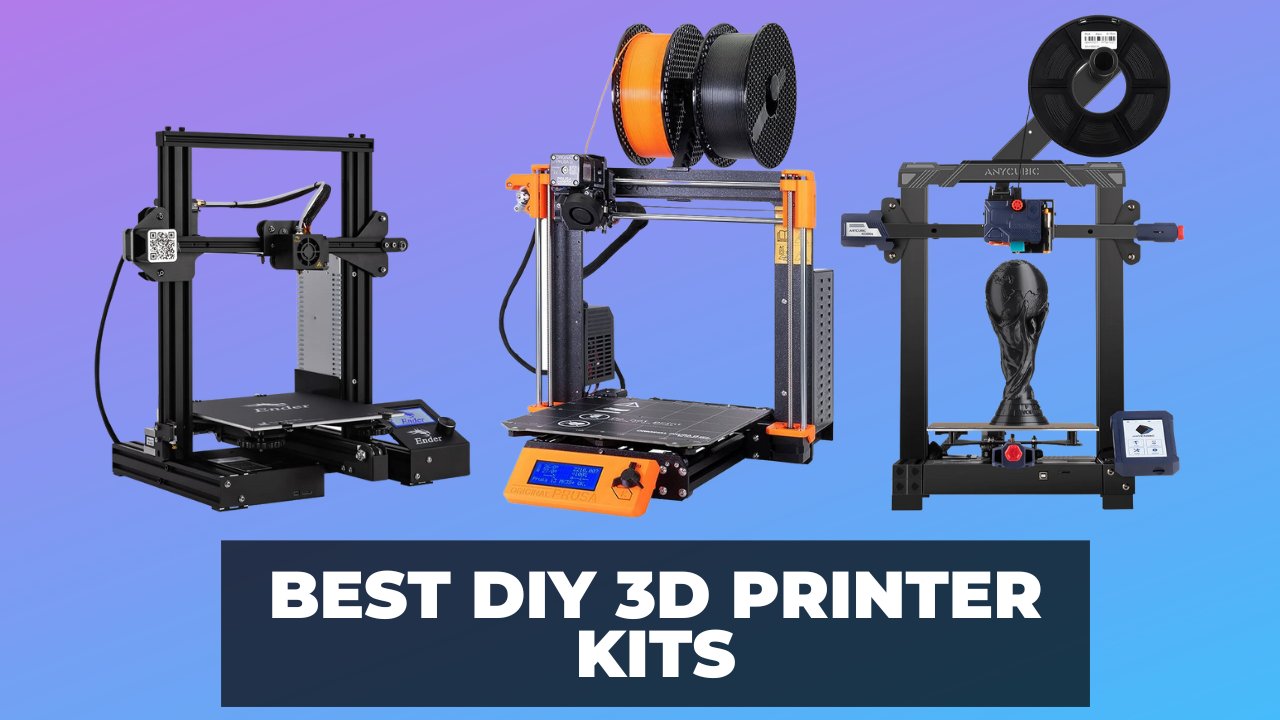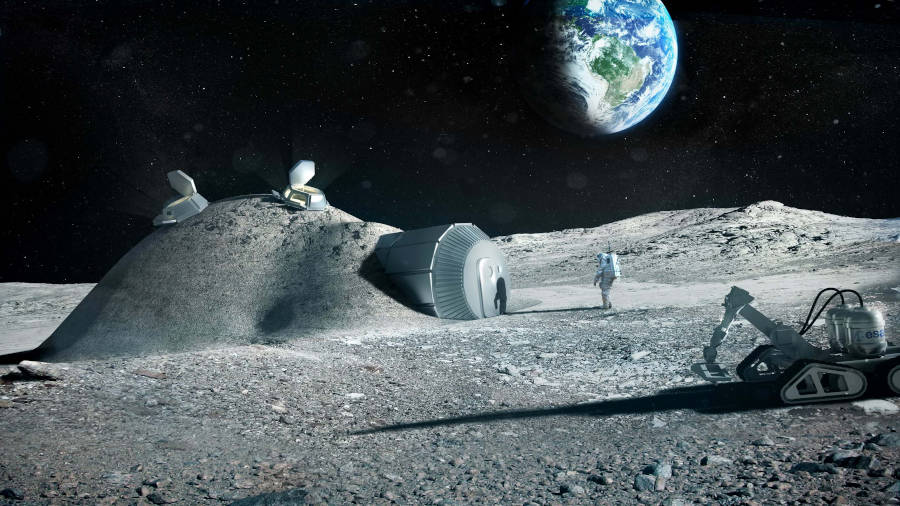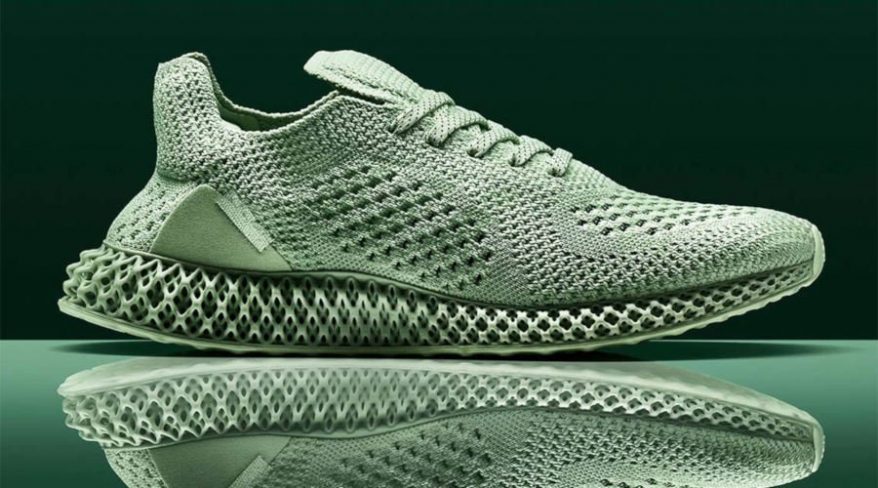Following on from the 2013 to 2014 boom, optimism in the 3D printing industry in early 2016 was rife, and backers were clamoring to support Kickstarter projects claiming to revolutionize the sector. Many fledgling Kickstarter projects became extraordinarily successful. Formlabs even went unicorn.
This article is an opinion piece and reflects our own research into, and thoughts on, the ONO project. Under legal threats by the ONO team in July 2021 we would like to clarify that this article is an opinion piece — and in discussing the word “scam” we are not proposing this as objective fact, but merely quoting what backers of the project have voiced.
But some projects bordered into naïve, buoyed by fashionable buzzwords and heavily padded announcement videos. Several projects raised over a million dollars, sometimes based only on ambitious – perhaps far-fetched – targets and little evidence of feasibility, and as the months drew on, never even produced a final product for backers to be disappointed with.
One project however stands head and shoulders above others for its disaster: in magnitude of failure; amount of money lost; and emotional turmoil. It has been called the “biggest 3D printing scam” of all time, taking $2.3 million from 16,180 backers. For the next four years, they relentlessly teased supporters that they were days from receiving their printer, just to let them down again.
Here’s how it unfolded. This is the story of the ONO.
OLO: The first days
The OLO 3D printer campaign went live on Kickstarter on March 21st, 2016, promising a $99 resin 3D printer that used your smartphone screen’s light to solidify resin and create a finished model. Back in 2016 resin 3D printers started at a few thousand dollars, and even in the present day $99 is absurdly cheap – but OLO said they could do it for less than $100.
Normal resin printers use a powerful light source to cure and solidify resin. Instead of using standard UV resins, OLO’s phone printer system used a daylight-sensitive resin that your phone screen’s comparatively weak light source could still polymerize. The tech made sense in theory, and if perfected anyone with a smartphone could 3D print. OLO made 3D printing accessible, and at the lowest prices the world had ever seen.
The world noticed. OLO targeted $80,000 to make the project a reality and deliver the technology to market. Kickstarter campaigns run for 30 days, OLO hit their target in 33 minutes. The project was a roaring success.
The First Cracks
Some were still sceptical amidst the hype and optimism. Angus Deveson, better known as Maker’s Muse, was unconvinced. As the campaign hit $1M in funding, he posted a video outlining his concerns about the project’s feasibility.
Firstly, the resins. Low cost resin printers at the time often used DLP technology – Digital Light Processing – a technology also used in cinema projectors. The light source used is immensely powerful as to cure photo-sensitive resin, and exponentially more powerful than a smartphone’s screen.
Using your smartphone’s comparatively weak light source, prints could take a whole day – possibly longer than your phone’s battery life. This is time where you cannot even look at your phone, never mind use it. Could people handle that level of inconvenience?
Additionally, the OLO Kickstarter video and photos shows clear resin bottles for their daylight-sensitive resins, which would cause the resin to instantly cure and harden in the bottle far before you could print with it. Resins are always packed into matte black containers to avoid this.

Most dangerously, Maker’s Muse highlighted the blatant safety errors in the video: resins are harmful and should not be handled without gloves and goggles, and not just washed in water as the video demonstrated.
In a grimly prophetic statement in his 27th March 2016 video discussing the project, Angus surmised that he felt OLO was a world away from being production ready: ‘You may be waiting a very long time to get this project.’ The campaign was only six days old.
Fake it till you make it?
It is unofficially accepted that for many technology campaigns on Kickstarter, creative liberties are taken to show supposed market-ready prototypes. This is not necessarily bad, executing a precocious vision is requisite for greatness, and it is difficult to get people excited about a project if you do not have the funds to create said exciting project. Therefore, companies seeking investment tell white lies, show what the product will look like post-investment, rather than how it is now.
Many of the 16,000 backers were aware they were bridging the gap between vision and reality with their support. So, when Maker’s Muse pointed out that many of the objects shown in their campaign were clearly laser cut rather than printed on their machines, it did not cause the outrage that perhaps it should have. Slick marketing blurred the lines between fantasy and falsity, between hype and fraud.
One thing deducible from the laser cut parts was that OLO was not a working prototype. The parts the OLO team said their machines had printed were assuredly not printed by those machines. The question was not whether they did print those models, but whether they ever could.

Though in the Kickstarter campaign it was claimed to be a San Francisco-based project, OLO’s founders are in fact Italian. The two founders, Filippo Moroni and Pietro Gabriele, claim to have 15 years’ experience in the 3D printing industry in a company called Solido3D, as well as founding a 3D printing network called Fonderie Digitali. While on face value this adds prestige, further research unveils red flags.
From OLO to ONO to Oh No
Following the successful campaign, patrons waited excitedly for their OLO printers, having been promised delivery within a few short months. A few months later, on August 29th, 2016, OLO posted an update detailing how a similar-named company had contacted them with their grievances, and that therefore they were changing their name from OLO to ONO. This was perhaps symbolic for the four following years.
Resin 3D printers use a print bed which, upon finishing each solidified layer of resin, descends a small amount so that the next layer of liquid resin can be solidified. OLO’s original design controlled the print bed by plugging into your smartphone’s headphone jack and sending audio signals that act as directions, communicating when to move the print bed as each layer finishes. Many felt this was unnecessarily complicated and they should just use a Bluetooth method, but they pressed on with the headphone jack plan. It had already delayed the printer’s release due to issues with some phones having headphone jacks on top, while some had them on the bottom.
However, as they scrambled to fix these issues, phones were beginning to cut the headphone jack out entirely. The iPhone 7 released in September 2016, the highest profile of early phones to ditch the headphone jack. Suddenly all ONO’s planning was obsolete. A Bluetooth device was eventually decided on.
On March 22nd 2017, almost nine months after the original shipping date, ONO announced they would start shipping units the following day, on the 23rd. However, after going silent they eventually posted an update on April 10th discussing a last-minute issue with their electrical boards. The ordeal meant that a year after their promised delivery date, no printers were arriving on any backers’ doorsteps.

Take a deeper dive into the OLO team’s claims and some interesting information arises. Regarding the claim that the founders have 15 years’ experience in 3D printing, in another interview Filippo says he himself has 15 years, while Pietro was new to the 3D printing industry, his previous business experience concerns running a jazz club.
On further inspection of Fonderie Digitali, most of the companies the team claimed to comprise the Fonderie Digitali in their email sent to Maker’s Muse network are now defunct, and were already defunct in 2016 when they sent the email. On visiting the website now, none of these other companies are mentioned, only Solido3D and ONO. It does not appear to be a network, but an extra brand name to promote the team’s existing enterprises. The only legitimate, active company claimed in the 2016 email to comprise Fonderie Digitali was WASP, known for making delta 3D printers that print extraordinarily fast, as well as for ceramic 3D printing. WASP no longer feature in any part of the Fonderie Digitali website or contacts list.
On ONO Founder Filippo Moroni’s LinkedIn page, Solido3D and Fonderie Digitali are absent. In fact, despite claiming to have 15 years’ experience 3D printing, his LinkedIn employment history is non-existent between graduating from the Politecnico di Milano in 2002 and founding OLO in 2015. It is therefore impossible to verify any job history or experience when, according to his LinkedIn, he has never worked.
Suddenly, at New York Maker Faire 2017, 3D printing YouTuber Joel Telling – also known as 3D Printing Nerd – posted a video on October 1st titled “ONO Resin 3D Printer – Working!” with a member of ONO’s team, exclaiming he had seen a working prototype. Joel Telling’s reputation for honesty and reluctance to promote anything sub-par to his fanbase made this all the more reassuring.
ONO cut a hole in the side of one of their printers to show footage of the actual printing process during the vlog. The time lapse showed the print process in detail — they appeared to have a working prototype. Backers were happy. Such a powerful co-sign, as well as demonstrating proof of concept, meant surely it was just a matter of time until their ONO arrived.
But then another year passed, and now two years after the original delivery date, nobody had received a printer. The controller board issues were still blamed, but even beyond this, months of updates concerned various difficulties involved in gaining the requisite certifications to ship the printers. Surely, if everything was safe and above board, this should not have taken so long.
StartEngine
Despite claiming they were readying to ship, an ONO campaign suddenly appeared on fundraising platform StartEngine in 2018. The campaign aimed to raise up to $1.07 million, offering Series B shares for $10 each. In the campaign, ONO declared that when you invest in them, you are betting that the company’s share value will exceed $30 million. They were yet to ship a printer. Perhaps most interestingly, they claimed to have 20,000 printers in their Shenzhen factory ready to ship, enough to deliver to all their backers with almost 4,000 spares to sell through retail.
Backers who invested $500 earned the first reward: an ONO t-shirt. Invest $2,500 and you earned a $99 ONO printer. Perhaps the wiser move was saving $2,000 and going for the t-shirt – you might have actually received that. Still, the campaign raised $42,825.
Many will question why a company that raised so much capital would return to any kind of fundraising institution. This usually happens when a company has run out of money. We can only guess where over $2 million went, and question strongly whether the money was spent creating 20,000 supposed ONO units, as none were being sent to those who invested their hard-earned savings in good faith.

Dig deeper into Solido3D, the founders’ supposed previous venture, and perhaps the strangest discovery is that this is not the only Solido3D. Another Solido3D, a 3D printer manufacturer, exists. This other Solido3D’s explosive existence included releasing the SD300Pro 3D printer back in 2009, riding high on $11 million in funding by 2010, and becoming insolvent in 2011, laying off all their employees. Their website has since recently been hijacked by gambling sites, but as of 2016 when ONO’s Kickstarter was in full swing, was alive and appeared respectable. Most would assume these two companies are the same company operating in two different geographies, and Maker’s Muse’s video about OLO displays the other Solido3D’s website, assuming that this company is the founding team’s previous venture, an easy mistake to make.
In fact, they appear to be different companies operating under the same name. Any would-be backer doing their due diligence on the founding team’s history that found the multi-million-dollar-backed, 3D-printer-releasing Solido3D, could easily mistakenly assume this was ONO’s previous venture, trusting the team based on a venture they were not involved in. If they named the company deliberately to create confusion with the 3D-printer-manufacturing Solido3D, this could be deduced as deceitful.
The Italian Solido3D claims to offer 3D file and 3D printing services. 3D printing services only require the possession of a 3D printer, which are no longer massive investments; offering a 3D printing service does not make you a high-flying manufacturing aficionado. ONO were contacted to comment on a variety of questions including whether the names were deliberately similar, but did not respond.
On the 25th of July 2018, two years after they were supposed to ship, ONO proved they could indeed print, and streamed a three-hour octopus model print live. At the same time, a supposed nine ONO printers were sent to beta testers. One beta tester, Chris Northwood, posted several videos detailing the printing on his ONO printer. A video uploaded on the 20th August 2018 showed that ONO did work, but the prints were of worse quality than even the cheapest FDM 3D printers, despite being far slower and using expensive resins. The printers were certainly not the finished article.
ONO eventually fell silent on StartEngine. Backers waved their e-pitchforks and filled the publicly available comments with demands for refunds. But ONO were nowhere to be seen.

Final Update
Fast forward to March 2nd 2019, ONO’s final update on Kickstarter (as of June 2020). The title featured an ancient Chinese proverb which loosely translates to “Wading across the river by feeling for stones” and claimed they were “advancing carefully”, and “step by step”. It was introduced as a romantic and nostalgic look back at the last few years, like a now-old rockstar reminiscing about the drug-addled debauchery on tour in his youth. The only difference was there was no success to look back on, just 16,000 backers out of pocket and over $2 million squandered. Even then, they maintained they were making 100 units a day and that they would eventually deliver, and included photos of several dozen units in what appeared to be a factory. Producing 100 units per day, they could have fulfilled every patron’s order within six months. There is no evidence that anyone except the beta testers ever received a printer.
Beyond this, silence. In the absence of any admission, we are left to infer ourselves what really occurred. What follows is my personal take on what happened behind closed doors.
What could have really happened
There are some key events that portray a genuine attempt to deliver a product. Although not to be blindly trusted, Founder Filippo Moroni said several times in updates that he could deliver the printers, but that they would not be completely ready. He constantly said things like “I don’t want to send you a brick.” He seemed genuinely concerned with meeting backers’ high expectations. It is hardly a Peachy – a 3D printer Kickstarter project that raised over CA$600K before abruptly announcing that the game was up. The reason: one of the founders had embezzled over $300,000 to build himself a mansion. The similarities are there – Peachy was also a resin 3D printer, and cost $100 – but ONO just does not feel like an intentional scam, just naïve and incompetent leadership.
The pressure to deliver perfection could explain why delivery was constantly delayed, spliced between app releases and other fluff. The polar opposite to a minimum viable product (MVP) in start-up terms, refusing to release the printer until it was absolutely perfect meant it never released at all. I can understand how anxious it must feel having thousands demanding you to ship something that consumed so many years, yet still was not ready. But, if I were a backer, I could not forgive this as a reason for not delivering. Perfectionism is not an excuse here.
The working prototype in September 2017’s New York Maker Faire and live stream in 2018 proved the technology existed. ONO could print. But there were clear underlying issues – if it printed consistently, it would have shipped. The error rate in manufacturing is briefly mentioned in several updates, so there appeared to be some reliability issues, and beta tester videos show an unfinished product with low print quality. And the fact they had to launch a second fundraiser suggests that these faulty printers drained them dry, leaving them unable to finish the project and deliver serviceable 3D printers. Perhaps he was projecting his frustrations when he stated he did not want to send 16,000 people a “brick”. 16,000 bricks could build a house, but $2.3 million could build a whole neighborhood.
For the record, I believe ONO have a moral duty to ship whatever they currently have in stock, even if it is just a brick with some added sentimental value. But I also do not believe that backers will ever receive their printer. ONO’s updates include photos of packaged units as well as boxes of unassembled ONO parts, therefore at least around fifty ONO printers exist, possibly far more. Every printer they have produced should be sent out, no matter its functionality. Too much time has passed to allow time extensions to get it right, just send the bricks.
To conclude in one sentence: naive, overambitious and excitable team, unexpected (yet standard in a start-up) problems, and splurging money until it was all gone. The result: 16,180 rightly angry backers who have lost sizable investments.
But does it even matter now?
Since the campaign launched four years ago, 3D printing technologies have advanced tremendously, especially in resin 3D printing. If ONO were to ship now, the technology would no longer be standout, but mediocre. Current LCD 3D printers starting at $200 far outperform ONO, and it will be infuriating to give up your printer for 8+ hours as your peers create better quality models effortlessly and in a third of the time.
The blame sits squarely on the shoulders of the founders, who gladly took life-changing amounts of money without the expertise to deliver. But backers also only saw what they wanted to see, and we all know what they say about things that seem too good to be true. In their excitement and haste, many glazed over glaring red flags: the clear resin bottles; opaque walls so you could not monitor your print; and safety errors in the launch videos portraying a lack of knowledge about 3D printing. Maker’s Muse pointed out all these flaws in his early video, but the campaign continued to garner support. It is a painful and expensive lesson in due diligence.
Four years on, the continuing vague hope of receiving an ONO printer makes the whole ordeal even more traumatic. ONO has been the worst kind of abusive partner to over 16,000 people all over the world, an abuser that shows the occasional glimmer that they can be the person the victim felt they knew originally, preventing the complete loss of hope that would finally let them move on. The extremely slim yet non-zero chance of receiving a printer maintains ONO’s unwanted occupancy in the untranquil gardens of aggrieved backers’ minds.

But it persists, in four years of excuses and uncertainty following on from one month’s slick marketing. There are talks of lawsuits, and some have complained about ONO to the Better Business Bureau. One Kickstarter backer claims to have spoken to Pietro, the Co-Founder, and claims he said he distanced himself from the project two years ago, and no longer speaks to Filippo. Filippo Moroni himself still posts ONO-related content on his Instagram page (@Filippo_Moroni), though he conveniently does not reply to any ONO-related negative comments on his posts. The OLO Kickstarter now has over 11,000 comments, many containing expressions we cannot post here.
Perhaps ONO’s refusal to give up is the most unforgivable part. If they announced they were done, insolvent and penniless, I suspect the reaction would be one of relief, not just of anger. Finally, we can just forget about this and get on with our lives. Hope can be damaging in that regard. Let the project die so that people can grieve their monetary loss, reach stoic acceptance, and move on, free from any thought or hope for the project. Let the people give up hope.

